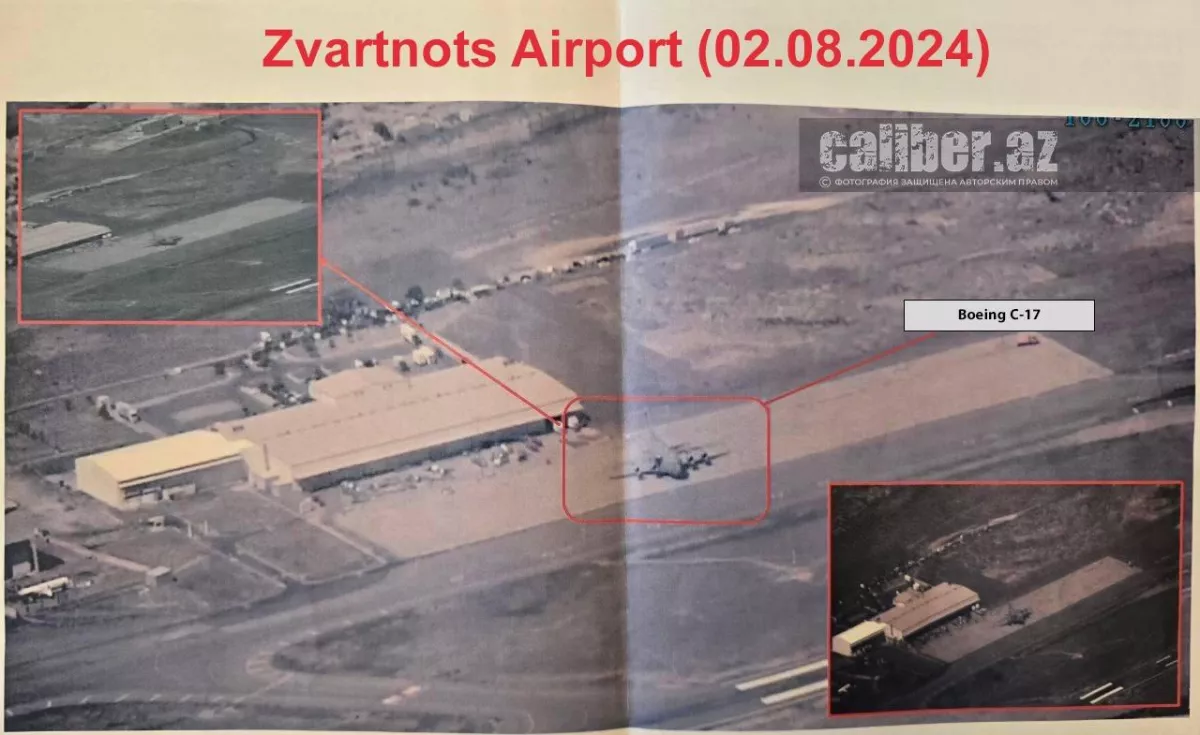Western outpost in Armenia Yerevan – intelligence hub of the anti-Iran coalition
Yesterday’s Israeli strike on Iran, which resulted in the elimination of several high-ranking military figures in Tehran along with multiple critical nuclear and military infrastructure targets, demonstrated not only the IDF’s ability to carry out effective operations beyond the borders of the Jewish state but also the coordinated efforts of Tel Aviv’s allies. These include military and intelligence units stationed in some of the countries neighbouring the Islamic Republic.
At the same time, Israel’s extensive and deeply embedded spy network within Iran should not be overlooked. This network remains covert but activates at critical moments to carry out precise strikes. One recent example is the assassination of Hamas political bureau chief Ismail Haniyeh on July 31, 2024, at his residence in Tehran, shortly after he attended the inauguration ceremony of Iranian President Masoud Pezeshkian. In the aftermath, several members of the Islamic Revolutionary Guard Corps were arrested on suspicion of working for Mossad.
Today, however, following the pinpoint Israeli missile strikes, it appears we are witnessing the result of a coordinated effort by the armed forces and intelligence services of multiple states.
As informed sources told Caliber.Az, the Israeli fighter jets that carried out strikes on targets in Iran received targeting data in part thanks to American and European military personnel operating on the territory of… Armenia.
As previously reported, on August 2 and 3, 2024, two U.S. military Boeing C-17 cargo aircraft landed at Zvartnots Airport in Armenia, having arrived from American bases in Romania and the Middle East. Alongside military cargo, they also delivered personnel to Armenia.

But the most interesting part is yet to come. One of the two aircraft delivered special devices capable of detecting the launch areas of missile systems, as well as tracking the trajectories of rockets and other aerial vehicles launched from Iranian territory. Particular attention was given to the risk of a possible attack on Israel from Iran (as we reported last year).
These systems are operated by several dozen American military personnel who, in order to mislead Iranian and Russian intelligence services, were disguised in Armenian military uniforms and stationed at one of the Armenian Armed Forces’ bases in Zangezur, near the border with the Islamic Republic of Iran.
It’s not hard to guess that all the intelligence gathered by this small U.S. military outpost was transmitted to the Pentagon, from where it then leaked to Israel, their ally.
Another important point should not be overlooked. As is well known, Yerevan hosts the largest U.S. embassy in the post-Soviet space. The new American embassy in Armenia was officially opened on May 6, 2005.
It is easy to understand that Washington attaches significance not so much to Armenia itself, but rather to its strategic location — including the fact that it borders Iran.
That is why Armenia remains firmly in the U.S. spotlight as a potentially powerful leverage point for advancing American interests, including military objectives.
Additionally, the intelligence and surveillance mission of the EU in Armenia plays a significant role in espionage against Iran. This mission includes military personnel and intelligence officers from France, Germany, and even Canada.
Under the guise of their so-called "binocular diplomacy," EU spies monitor not only Azerbaijan but also Iran. This fact has not gone unnoticed by the Russian side either. Just recently, Russian Foreign Ministry spokeswoman Maria Zakharova stated:
“It is well known what the staff of this so-called mission are engaged in. They spy on countries neighbouring Armenia.”

It cannot be said that Tehran is unaware that Armenia—a country the Islamic Republic supported extensively in the 1990s and 2000s—has allowed its territory and resources to be used for surveillance against Iran. During a visit to Yerevan in January this year, Ali Akbar Ahmadian, Secretary of Iran’s Supreme National Security Council, presented a series of demands to the Armenian leadership, which has effectively become a gateway for Western intelligence agencies.
Tehran is irritated by the presence, very close to its borders, of an EU intelligence mission that has essentially turned into a NATO operation. Ahmadian explicitly urged the Armenian authorities to abandon their ambitions of joining the EU and NATO. He clearly warned his Armenian counterparts that continuing down this path would bring no good to Yerevan. He also emphasised that Iran expects Armenia to shut down the EU espionage mission.
As time has shown, official Yerevan ignored Iran’s concerns and not only failed to curb the activities of Western military and intelligence elements on its soil but even intensified its cooperation with the EU and NATO.
Moreover, the Armenian authorities were almost certainly aware that the intelligence gathered from their territory about Iran would be used against their neighbouring state, yet they did not lift a finger to warn their longtime ally and protector about the impending strike.








